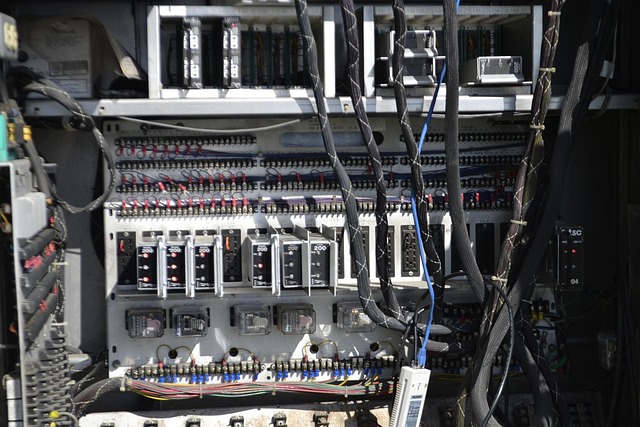The rapid evolution of technology has consistently opened doors to groundbreaking innovations, particularly in the realm of hardware. Today, we find ourselves on the brink of a new era where automation, virtual reality (VR), and augmented reality (AR) converge to revolutionize how we interact with hardware. This transformation is not just about enhancing user experiences; it’s about rethinking how we interface with the digital and physical worlds.
Virtual reality immerses users in an entirely digital environment, creating experiences that feel real. Imagine a world where programmers can interact with complex hardware setups within a virtual space, visualizing their systems without the constraints of physical limitations. They can simulate different hardware configurations, foresee challenges, and identify solutions before execution. This approach reduces costs, minimizes downtime, and boosts productivity. With automation at the core, VR can streamline hardware design and testing processes, enabling engineers to create and iterate faster than ever before.
On the other hand, augmented reality enriches our real-world environment by overlaying digital information. This powerful blend not only enhances our interaction with hardware but also offers new dimensions to user instruction and assistance. For instance, imagine a technician repairing a sophisticated piece of machinery; with AR glasses, he could see real-time data and step-by-step guidelines projected right onto the hardware itself. The synergy of automation and AR not only fosters efficiency but also empowers users to learn and adapt more quickly, regardless of their expertise level.
The metaverse, an expansive digital universe where virtual and augmented realities coalesce, represents the next frontier for hardware automation. Within this space, designers and engineers can collaborate from anywhere on the globe, sharing insights in real-time. The metaverse offers a platform for simulating scenarios, discussing ideas, and troubleshooting issues as if everyone were present in the same room, regardless of actual distances. This communal approach to hardware development is set to redefine teamwork and innovation in ways we can only begin to imagine.
Furthermore, as automation continues to evolve, its role in hardware management becomes increasingly critical. Intelligent systems can predict failures, automate maintenance schedules, and optimize performance, creating a smarter workspace. The integration of VR and AR technologies into these automated systems facilitates more informed decision-making, empowering personnel to act on data-driven insights, thus driving hardware efficiency up a notch.
In this exciting intersection of automation, VR, and AR, we find a revolution poised to change not only how hardware is developed and maintained but how we approach the very concept of work itself. By elevating our reality and merging the digital with the physical, we’re taking significant steps toward an automated future where hardware is not just tools to be used, but extensions of our capabilities and imagination.




